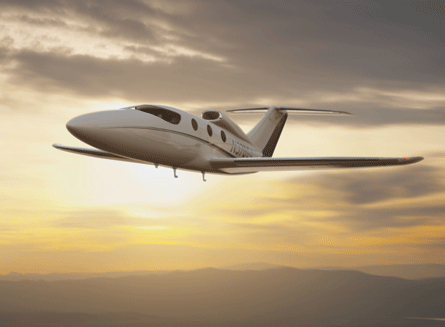Epic Aircraft is taking steps to put its new very light jets (VLJ) in the lead of the race for certification, and the company plans to release details of its plans at next month's National Business Aviation Convention and Exhibition in Atlanta.
"Our road to certification for our entire family of aircraft is cast in concrete," says Rick Schrameck chief executive of Epic, which also builds the Epic LT single-engine turboprop.
 |
|---|
© Epic AircraftThe Victory made its first public appearance at AirVenture |
He says the pending announcement is connected to the visit paid by Vijay Mallya, chief executive of India's Kingfisher Airlines. Mallya was a surprise guest of Epic's at AirVenture, where the Victory and Elite VLJs made their debuts.
Schrameck says the selection of the Pratt & Whitney Canada PW615 and PW617 turbofans to power the Victory, which made it first flight in July, also accelerates the bid for certification.
He says: "Our certification process is now moving at what I call light speed. Waiting for engine technology to catch up is not something we can afford," he says, explaining why the original engine provider Williams has been rejected.
"It has absolutely nothing to do with the quality and performance of the Williams engine. We need the higher thrust-rate sooner. Being the first certificated single-engine jet is important. First to market wins," Schrameck says.
The single-engined Victory and the Elite, with twin Williams FJ-33 engines, are available as kitplanes to be assembled in Epic's factory. There are 20 LTs in assembly now, powered by the P&WC PT6-67 turboprop, and they will this month be joined by Victory kits, and in October by the Elite.
As for certificated versions, "it is our intention to deliver four Victory jets by the end of the year, and by the first quarter of next year we'll deliver the first Elite", Schrameck says.
He adds that further engine announcements are imminent. "Actually, we're looking at a third engine vendor for our smaller turboprops. Having multiple vendors for your aircraft is probably a good thing to do."
Source: Flight International























